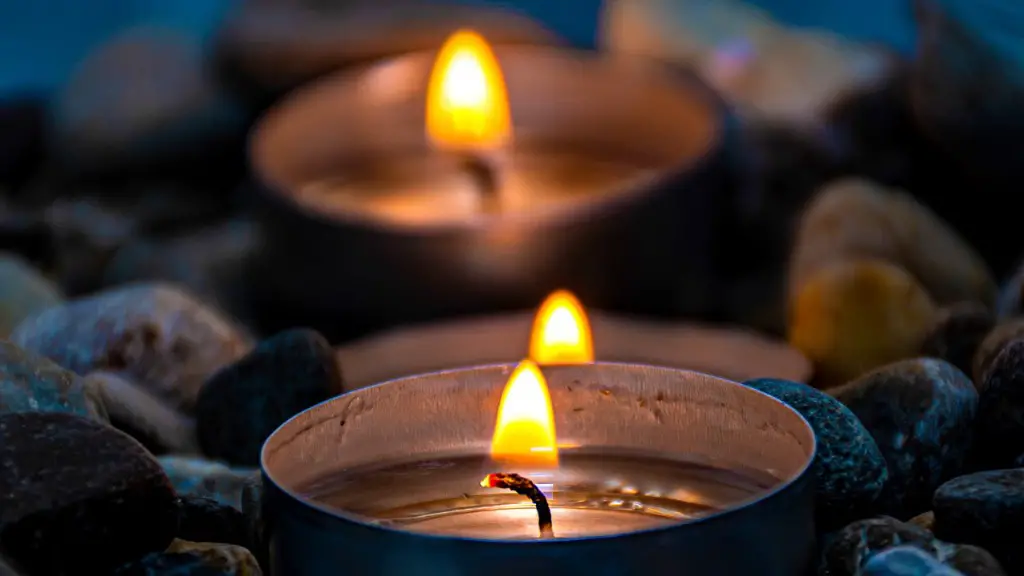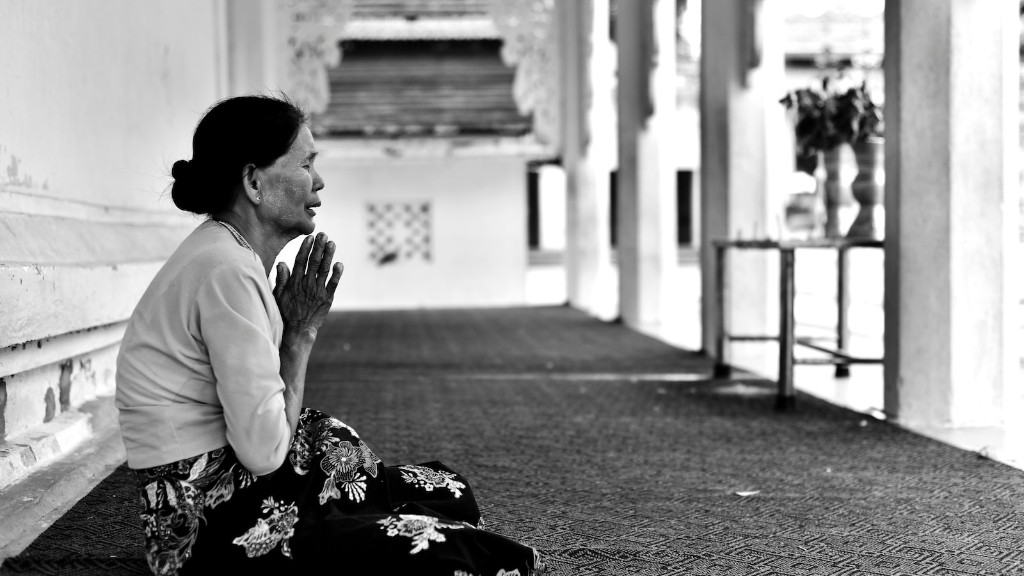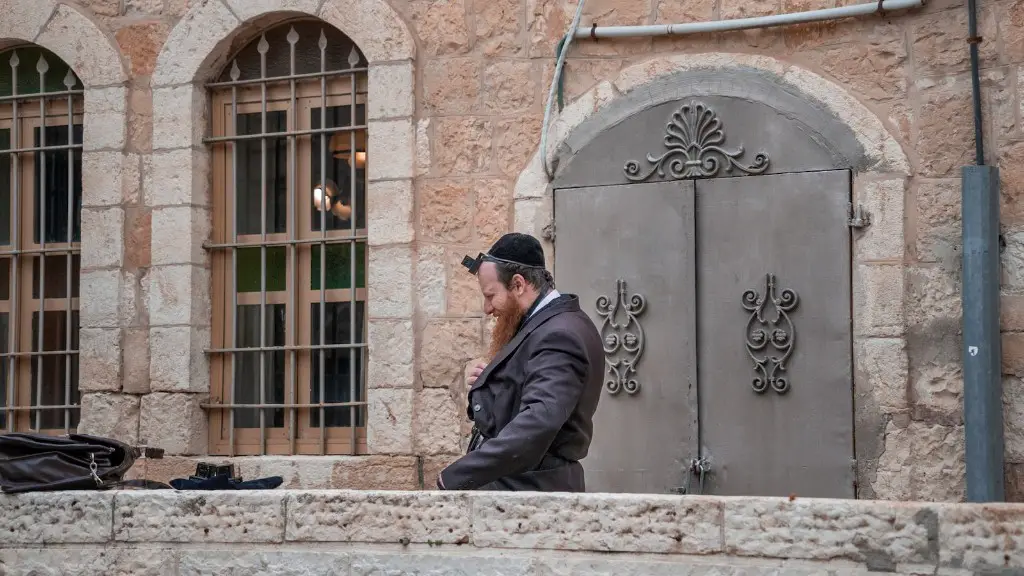Death is not just a change of states of consciousness, into non-existence, in Hinduism. It involves the death of one’s physical body, but their union with their celestial soul that gives way to a new transformation into more subtle, awakened states of being. Death is viewed as a gateway to spiritual progress, in which humans progress to progressively more subtle, conscious realms.
The belief in reincarnation and the law of karma, form the basis of the Hindu belief system concerning death. Hindus believe that after death, the soul is reborn in another body in accordance with their deeds during their lifetime and is an essential part of the cycle of death and rebirth. Souls cross this cycle of life and death until each has achieved a perfect state of spiritual unity and transcendence. Therefore, Hinduism incorporates the belief that reincarnation serves as a means for souls to accumulate learning by experiencing lives as human, as animal or even a plant.
The process of reincarnation is described as a journey from one realm of existence, or one body, to the next, which is known as transmigration. This journey is motivated by the karmic debt, which is the result of an individual’s actions in previous lifetimes. According to the belief, this journey will eventually end once all of the karmic debts have been paid off, and that soul has achieved an enlightened, perfect state.
Death is often seen as a time of transition and cleansing, as evidenced by funeral ceremonies involving burning of the body. Hindus believe that the body should be cremated to release the spirit from physical bonds and assist its journey to a new incarnation. Ashes are generally scattered on rivers or the sea, with smaller amounts reserved for ancestors. This signifies a complete departure from the physical world, the breaking of marital, familial and social ties in that life, and the delivery of the soul for its return voyage.
The exact nature of the afterlife varies depending on the Hindu Sect, but all involve a journey from one body to the next. Beyond being an important part of the religious tradition, reincarnation is seen as an excuse for humankind’s mortality and for motivations for ethical behavior. It allows for humility in the face of mortality, allows for spiritual acceptance of the suffering in the physical world and encourages growth by actively participating with life cycles.
How Reincarnation Is Achieved
After death, Hindus believe the astral body, which is believed to be the “true” self, detaches from the physical body and undergoes a process of purification. It then departs from the physical world and enters into a realm of devas, which are Hindu gods and goddesses who oversee the transition to the next life. Devas can be understood as gatekeepers to heaven who assess the soul’s progress as it waits for its next incarnation.
Next, the soul is assigned a new physical body, which Hindus believe will contain all of its accumulated spiritual learning from its past lives. The soul then enters this body, which is the point at which a new life begins and the wheel of rebirth begins again. This process occurs repeatedly until the soul completes its spiritual journey and attains enlightenment and liberation from reincarnation.
Hindus believe that reincarnation to the physical world is essential in order to achieve salvation, which is the ultimate goal of Hinduism. Seeking salvation ultimately involves experiencing successive lives in physical form, in order to attain perfect knowledge and purity. Integration of this perfect knowledge, which has been accumulated through several different lifetimes, takes an individual to the ultimate goal of moksha, or final emancipation from the cycles of existence.
Fate of The Soul After Death
Hindus believe that after death, the soul moves from one realm to another, depending on its spiritual state. If the soul is free of wickedness, and its karma is good, it moves to an ethereal realm after death, known as the Svarga-Lok. This realm is generally believed to be a beautiful and spiritual place which is full of rewards and pleasure.
Conversely, if a person’s karma is bad, they may be sent to the subterranean realm of Naraka-Lok, which is a kind of purgatory. This realm is believed to be full of suffering and punishment, and the goal of this punishment is to help the soul achieve spiritual progress. After purification, the soul will be released back into the cycle of reincarnation and will pursue a path to final emancipation.
Although there are variations of these beliefs between Hindu sects, they agree that after death there is some form of spiritual progression from one realm to another, and eventually, if the person has purified themselves of any karmic debt, they can achieve liberation from this cycle of life and death.
Determining The Next Incarnation After Death
Hindus do not believe that death is the ultimate end, but rather a point of transition from one state to the next. They believe that, depending on one’s karma, one can end up in a lower or higher form of life. In some cases, a soul that has purified itself by attaining spiritual knowledge can also be liberated from the cycle of death and rebirth. Hindus believe that the form of the next incarnation of the soul will be determined by the karma of the soul, which it has accumulated in its previous lifetimes.
Hindus strongly believe in the law of karma, which states that one’s actions in a previous life will determine one’s fate in the next life. Bad actions will result in bad karma, which will lead to the soul being bound to a lower level of existence. Alternatively, good actions can accumulate positive karma, which will help the soul to ascend to a higher plane of existence.
The type of new incarnation is mainly determined by the spiritual state of the soul at the time of death, which is in turn determined by their karma. Depending on the spiritual state, the soul will be reborn in a higher or lower physical body, or may even be released from the cycle of rebirth altogether if it is sufficiently spiritual.
Achievement Of Enlightenment After Death
Hindus believe that once a person has purified themselves of bad karma, and accumulated enough spiritual knowledge, the soul can merge with the Universal Consciousness, which is a level of spiritual enlightenment referred to as moksha. This is seen as the ultimate goal of Hinduism, as it is believed to result in the attainment of infinite bliss. When a person achieves this state, they are released from the cycle of death and rebirth and will become one with the divine.
The path to moksha is a gradual one and involves integrating both the physical and the spiritual realms. This entails a life of dharma, which involves the practice of spiritual knowledge and moral action. Through a life of understanding and disciplined practice, one can ultimately attain moksha. Once a person’s soul is freed from the cycle of reincarnation, and has achieved enlightenment, it is released from the cycle of death and rebirth.
In Hinduism, death does not mean the end but rather a transition – a gateway for a new existence. Hinduism views death as the ultimate sacrifice of the body, the end of suffering but beginning of a new spiritual adventure. Death is not readied in fear, but embraced as an opportunity to start over in a new realm, made up of one’s accumulated spiritual learning from their previous lifetimes.
Places to Go After Death in Hinduism
The destination of the deceased in Hinduism is determined by the actions (karma) of the individual during their lifetime. According to Hindu beliefs, there are four primary places a soul can go after death. These are Svarga-Lok, Naraka-Lok, Pitri-Lok, and Moksha-Lok. The first two destinations are either a heavenly or hellish realm, respectively, and the last two, Pitri-Lok and Moksha-Lok, are realms of spiritual progress and enlightenment, respectively.
Svarga-Lok is the heavenly realm. It is believed to be a place of great pleasure and reward, and is an ideal destination for souls that have accumulated a great amount of positive karma. Conversely, Naraka-Lok is a place of punishment, where souls experience a variety of torments. Souls in this realm struggle against spiritual suffering until their karmic debt has been paid off.
Pitri-Lok is the realm of the ancestors, and it is where souls go to connect with their ancestors and receive the guidance and blessing that comes from the lineage. Lastly, Moksha-Lok is the ultimate destination where souls that have purified themselves, and freed themselves of their karmic debt, no longer return to the cycle of death and rebirth. This realm grants them the ultimate freedom of liberation from the event horizon of reincarnation.
Means of Achieving Salvation After Death
Hindus believe that perfection is attainable by simply living an upright, moral life according to one’s dharma. Although this is the way for an individual to achieve perfect knowledge and liberation, there are other means of achieving salvation after death that are prescribed by Hindu scriptures. This includes activities such as making charitable donations and offering oblations to deceased ancestors.}
Hindus believe that the chanting of mantras and offering of prayers can help them reach the ultimate goal of moksha. There are specific mantras and prayers set aside for the salvation of the deceased, which are traditionally done by the eldest son of the deceased. This ensures that the soul of the deceased is freed from any lingering karmic debt and can achieve moksha more quickly.
The performance of fire ceremonies,known as yagnas, can also be conducted for the departed to ensure that their soul can ascend to a higher realm. Additionally, shraddha ceremonies are done in order to honor the deceased and ensure a speedy passage of the departed to its next incarnation. The tradition includes offering food, water, and performing prayers in the presence of a Brahmin priest.


